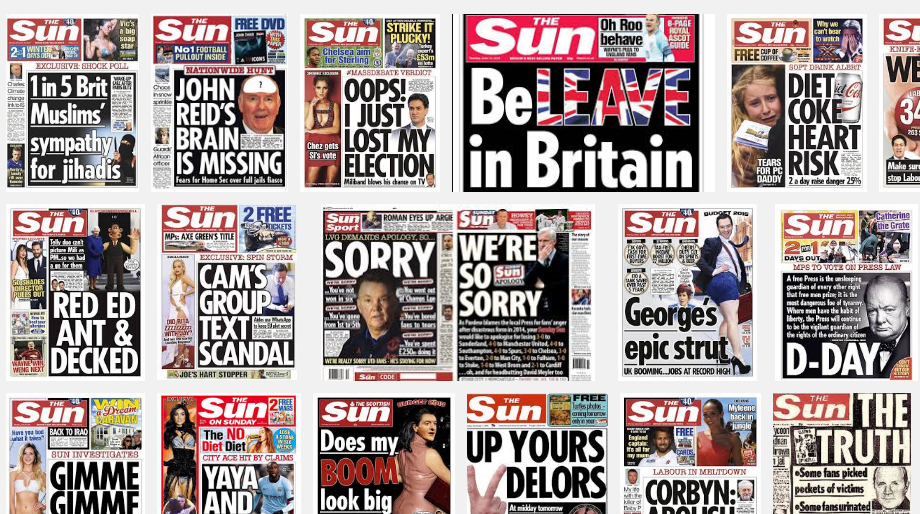N is for New Information
This is the first of a series of posts intended to introduce some basic concepts of Discourse Analysis and to illustrate them in a fun, if possible, way.
N is for New Information
Definition
New information is information that is assumed by the speaker not
Discussion
New information typically
- is placed late in the sentence, and
- has a high amount of stress placed on the words representing it.
Examples (English)
A: Do you know where my SHOES are?
B: I put them in the CLOSET.
Source
http://www.sil.org/linguistics/GlossaryOfLinguisticTerms/WhatIsNewInformation.htm
As you can see, the new information becomes OLD information in the second utterance and the NEW information in the response provides additional facts or responds to the new information in the previous utterance.
New information and pronunciation
This high stress placement on the new information is usually called nuclear or tonic stress and marks information which is new or contrasted with information presented in a previous utterance or, simply, adds to or builds on that information.
Lack of such stress placement makes utterances difficult to follow a speaker (whether native or non native) and is a typical problem is foreign learner (and teacher) talk.
In terms of a hypothetical acquisition order of phonological features along the cline between unintelligible and with native like phonological competencies, stress placement seems to be a late acquisition item along with segmentation and catenation.

The English Press – from http://www.indexoncensorship.org/2012/09/leveson-inquiry-press-freedom-2/
Thinking Task
Here is the transcript from a clip from the “Yes, Prime Minister” TV series
It’s a series of aphorisms, which the PM delivers about British newspapers. Read through them and try to predict which parts of each utterance will be delivered with low stress (given information at that particular stage in the discourse) and which particular words will receive high/tonic/nunclear stress (New Information)
Prime Minister:
“The Daily Mirror is read by people who think they run the country,
the Guardian is read by people who think they ought to run the country.
the Times is read by people who actually do run the country.
the Daily Mail is read by the wives of the people who run the country.
The Financial Times is read by people who own the country,
the Morning Star is ready by people who think the country ought to be run by another country,
and the Daily Telegraph is read by people who think it is.”
Second speaker:
“Well, Prime Minister, and what about the people who read the Sun?”
Secretary(?):
“The Sun readers don’t care who runs the country as long as she’s got big t***.”
Now Scroll down please to listen to how these lines were actually delivered – listen from 1:04
Click on this link to watch on You Tube
Teaching the feature
I usually do this as a whole lesson on newspapers, part of which has to do with genre and features of different newspaper styles.
If you would like to use this in a lesson you might like to consider this procedure:
Lesson Outline
- Lead in with a brief chat about newspapers in the students’ native language. How many are there and what kind are they; what/who do they represent. What paper do they read, if at all.
- Give them a handout with the aphorisms above but with the names of papers blanked out – depending on the local culture you might wish to omit the last one with the asterisked bits.
- Ss read and decide which of their local papers fit the descriptions – they can insert the names and practice reading them aloud
- Ask them to decide which word(s) in each sentence receive(s) the highest, most prominent stress
- Ask them to practice reading the sentences aloud in pairs or groups
- Then give them names of English newspapers and they can decide where they fit in
- Get them to listen to the video and fill in the names first then listen and mark the stress – check if they were right
- Last, ask them to read out their views of their own local papers and assign correct stress.
If you like, they can then add or change some of the aphorisms as they please.
This can be followed by more focused work on the lexical, grammatical and textual features of these papers.
Books on Discourse Analysis
Brown, G., & Yule, G., 1983, Discourse Analysis, Cambridge University Press
Johnstone, B., 2003, Discourse Analysis, Blackwell
McCarthy, M. 1991, Discourse Analysis for Language Teachers, Cambridge University Press
Partridge, B., 2006, Discourse Analysis – an Introduction, Continuum International
Thornbury, S., 2005, Beyond the Sentence, Macmillan Education
Free Subscription to this blog
If you liked this article, please share it and subscribe to receive regular updates to this blog either by leaving your email in the appropriate box or by subscribing to my RSS feed.
Subscribe in an RSS Reader




Leave a Reply